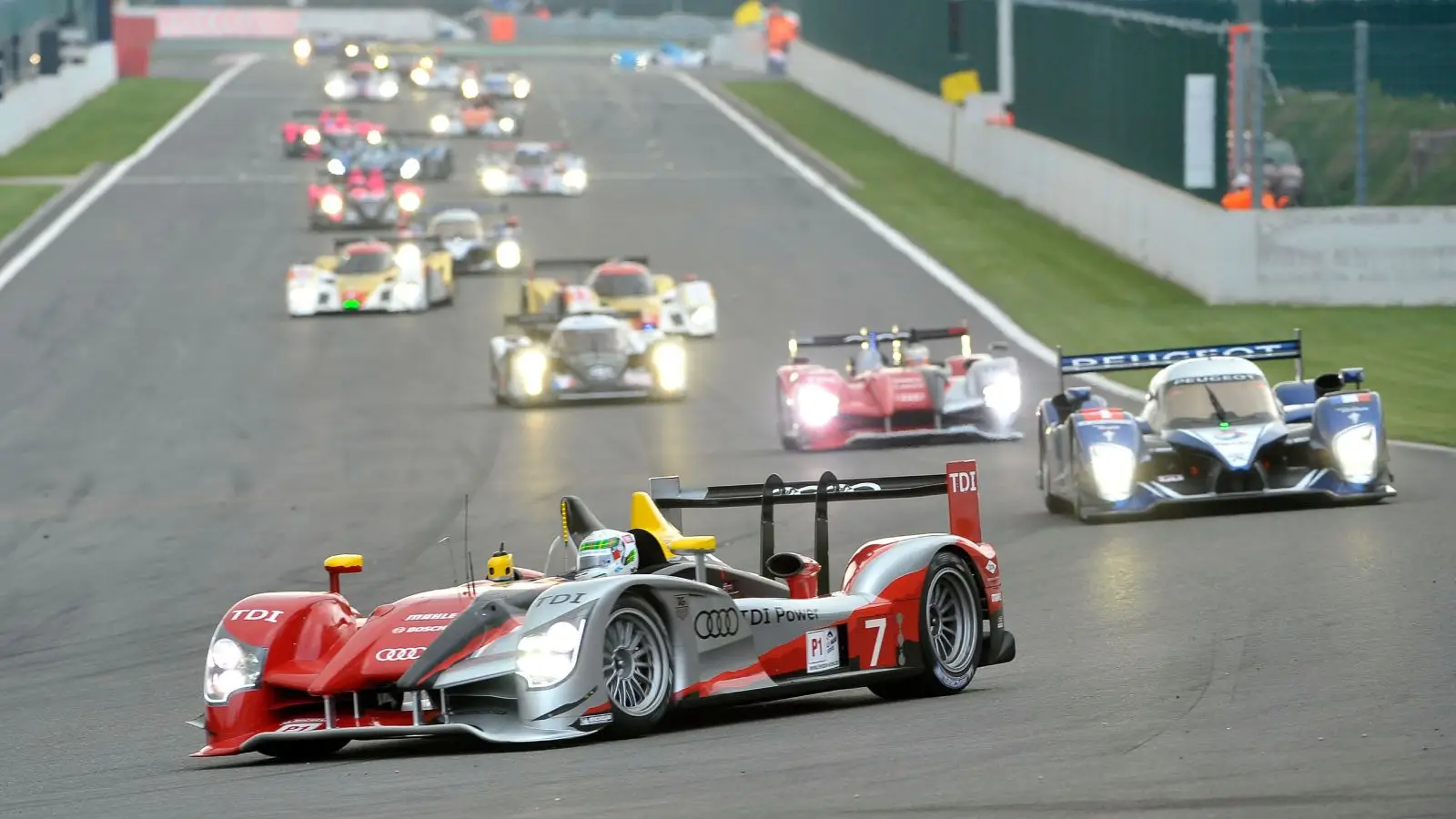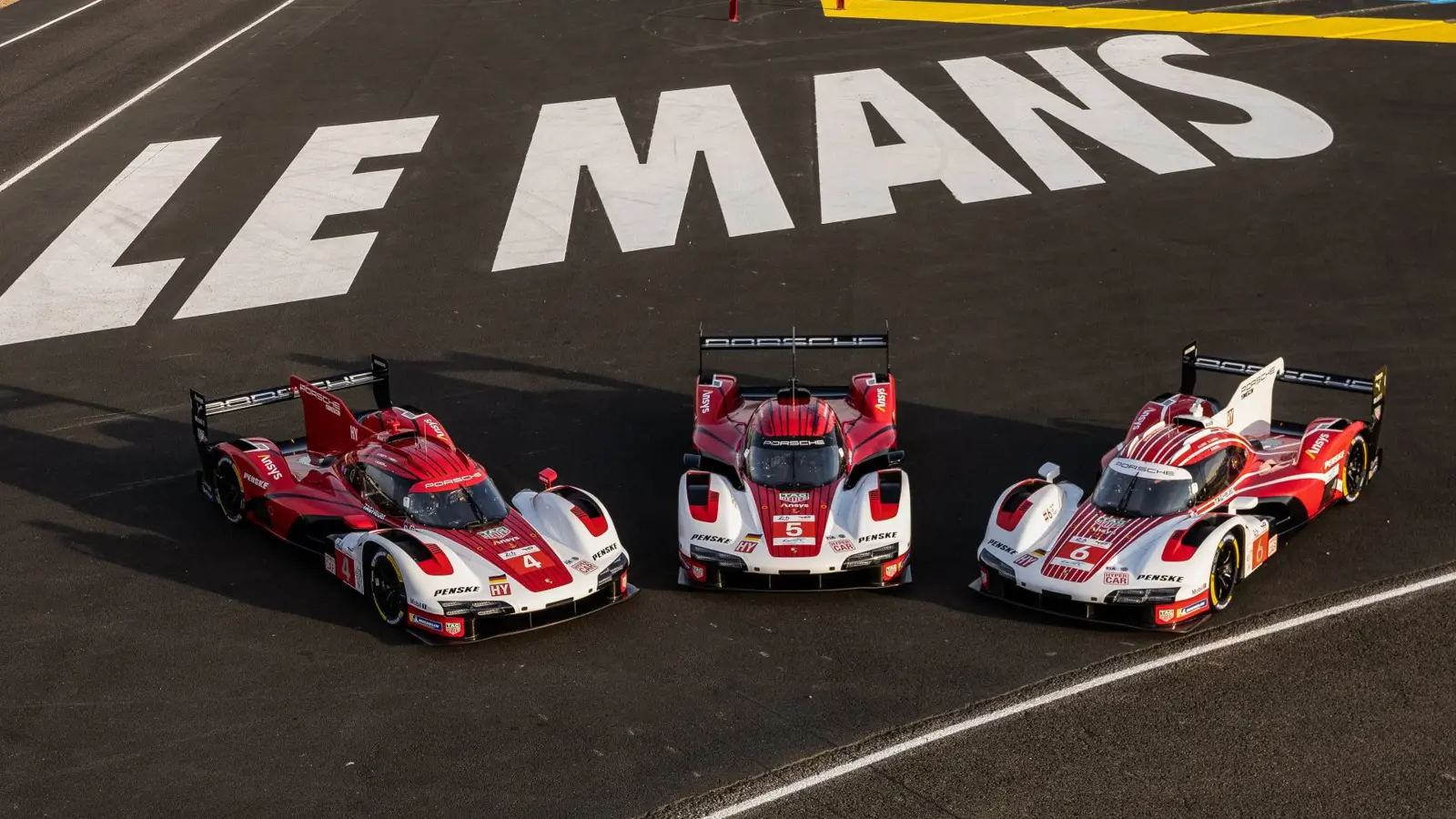The Story of Le Mans 24 Hours: From Origins to Modern Hypercars

Explore the rich history of Le Mans 24 Hours, car classes from Bentley to Hypercar, and top records that shaped this legendary endurance race.
This is not just a race about speed — it’s about endurance, resilience, and cunning. For over a century, the 24 Hours of Le Mans has earned its status as one of motorsport’s most iconic tests of man and machine. It has survived wars, embraced technical revolutions, and outlived generations of fans — all without losing its essence.
The inaugural race thundered into history in June 1923, organized by the Automobile Club de l’Ouest. The goal was to push drivers and manufacturers to their limits — not in a sprint, but in a grueling 24-hour format. Mechanical reliability and human stamina mattered more than outright pace. Bentley took the win in 1924, kicking off a golden era for British teams that lasted through 1930. Alfa Romeo and Bugatti were soon contenders, each writing their own chapters into Le Mans lore.
Post-WWII, Le Mans evolved into a laboratory of innovation. Porsche began carving its legacy while aerodynamic performance became paramount. The 1980s ushered in the Group C era, dominated by Porsche 956 and 962 models. Jaguar, Sauber-Mercedes, and others brought drama and spectacle to the decade’s close.
The 2000s saw Audi’s rise, followed by Toyota’s supremacy in LMP1. In 2021, the Hypercar era began, merging two concepts — LMH and LMDh — allowing both manufacturers and privateers to compete. Ferrari, Porsche, Toyota, Alpine, BMW, Cadillac, Aston Martin — all rejoined the grid in force by 2025.
Three categories now define the race. Hypercar represents the pinnacle of performance and innovation. LMP2, introduced with a standardized Gibson V8, offers affordability with prototype flair. And LMGT3 — introduced in 2024 — replaces the GTE category with GT3-based race cars more closely linked to road-going models. Earlier years featured LMP1, GT1, GT2, each reshaping the event’s competitive framework.

Records? There are plenty. Audi’s R15+ TDI holds the longest distance covered — 5410.713 km in 2010. Mike Conway and Toyota TS050 clocked the fastest race lap at 3:17.297 in 2019. And in 1988, Peugeot’s WM P88 reached a staggering 407 km/h on the Mulsanne Straight.
Tom Kristensen remains Le Mans royalty with nine wins and 14 podiums. Alexander Wurz became the youngest winner at just 22 years old. Luigi Chinetti, the oldest, triumphed at 47. Henri Pescarolo, a legend of consistency, holds 33 race starts.
Joest Racing leads among teams with 13 wins, while Porsche tops manufacturers with 19, followed by Audi and Ferrari.
Le Mans has delivered stunning moments: a 20-meter finish margin (Ford, 1966), a 349.8 km gap (Bentley, 1927), and in 2024, nearly 7 hours behind the safety car — a record. Innovations abound: closed cockpits, hybrids, and soon — hydrogen-powered prototypes are expected by 2027.

But beyond stats, it's emotion that makes Le Mans unforgettable. Johnny Herbert’s win for Mazda in 1991, Robert Kubica and Yifei Ye’s landmark victory in 2025 for Poland and China — each etched into history. Even John Duff, who raced in 1924, led a double life as Gary Cooper’s stunt double.
Le Mans is more than a race. It’s a living ritual of motorsport, where fans celebrate, factories gamble, and the world watches machines evolve under pressure. Every year is another chapter in the most enduring chronicle in auto racing.
Ethan Rowden
2025, Jun 18 09:19


